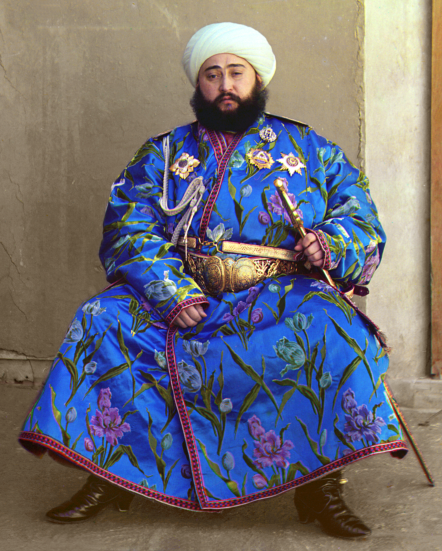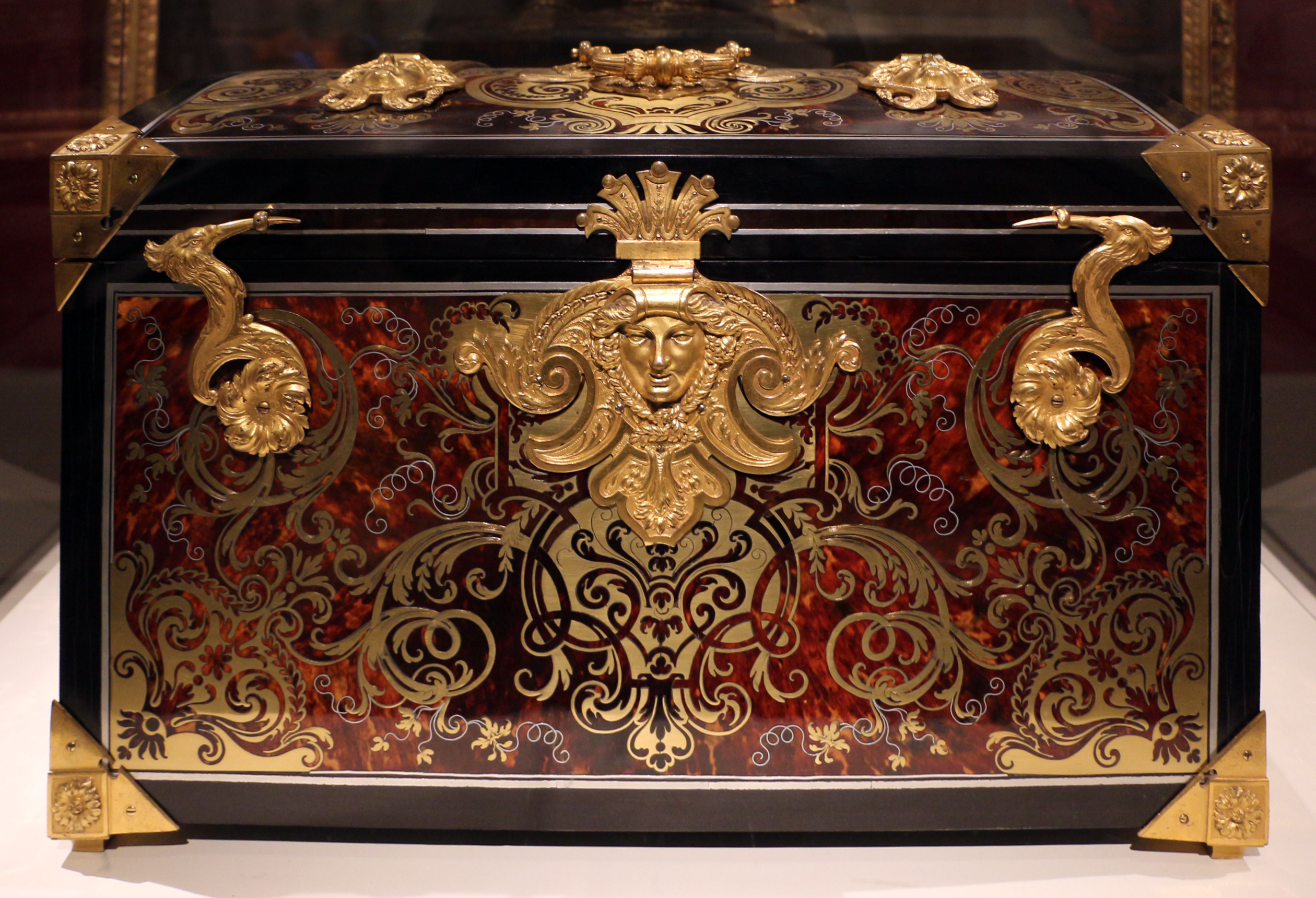|
Tourbet El Bey
The Tourbet el Bey ( ar, تربة الباي) is a Tunisian royal mausoleum in the southwest of the medina of Tunis.Tourbet El Bey (Qantara) It is the last resting place of most of the rulers of . Among those not buried there are the last two - Moncef Bey, who is buried in the Jellaz Cemetery and [...More Info...] [...Related Items...] OR: [Wikipedia] [Google] [Baidu] |
Medina Of Tunis
The Medina of Tunis is the medina quarter of Tunis, the capital of Tunisia. It has been a UNESCO World Heritage Site since 1979. The Medina contains some 700 monuments, including palaces, mosques, mausoleums, madrasas and fountains dating from the Almohad and the Hafsid periods. History Founded in 698 around the original core of the Zitouna Mosque, the Medina of Tunis developed throughout the Middle Ages. The main axis was between the mosque and the centre of government to the west in the kasbah. To the east this same main road extended to the Bab el Bhar. Expansions to the north and south divided the main Medina into two suburbs north (Bab Souika) and south (Bab El Jazira). Before the Almohad Caliphate, other cities such as Mahdia and Kairouan had served as capitals. Under Almohad rule, Tunis became the capital of Ifriqiya, and under the Hafsid period it developed into a religious, intellectual and economic center. It was during the Hafsid period that the Medina as we no ... [...More Info...] [...Related Items...] OR: [Wikipedia] [Google] [Baidu] |
Turban
A turban (from Persian دولبند, ''dulband''; via Middle French ''turbant'') is a type of headwear based on cloth winding. Featuring many variations, it is worn as customary headwear by people of various cultures. Communities with prominent turban-wearing traditions can be found in the Indian subcontinent, Southeast Asia, the Arabian Peninsula, the Middle East, the Balkans, the Caucasus, Central Asia, North Africa, West Africa, East Africa, and amongst some Turkic peoples in Russia as well as Ashkenazi Jews. A keski is a type of turban, a long piece of cloth roughly half the length of a traditional "single turban", but not cut and sewn to make a double-width "Double Turban" (or Double Patti). Wearing turbans is common among Sikh men, and infrequently women. They are also worn by Hindu monks. The headgear also serves as a religious observance, including among Shia Muslims, who regard turban-wearing as ''Sunnah mu’akkadah'' (confirmed tradition). The turban is also the tr ... [...More Info...] [...Related Items...] OR: [Wikipedia] [Google] [Baidu] |
Squatting
Squatting is the action of occupying an abandoned or unoccupied area of land or a building, usually residential, that the squatter does not own, rent or otherwise have lawful permission to use. The United Nations estimated in 2003 that there were one billion slum residents and squatters globally. Squatting occurs worldwide and tends to occur when people who are poor and homeless find empty buildings or land to occupy for housing. It has a long history, broken down by country below. In developing countries and least developed countries, shanty towns often begin as squatted settlements. In African cities such as Lagos much of the population lives in slums. There are pavement dwellers in India and in Hong Kong as well as rooftop slums. Informal settlements in Latin America are known by names such as villa miseria (Argentina), pueblos jóvenes (Peru) and asentamientos irregulares (Guatemala, Uruguay). In Brazil, there are favelas in the major cities and land-based movements. I ... [...More Info...] [...Related Items...] OR: [Wikipedia] [Google] [Baidu] |
Qallalin Tiles
Qallalin tiles or Qallaline tiles were a type of decorative tile which was characteristic of Tunisian architecture during the 17th and 18th centuries. This type of tile was named for the Qallalin district of Tunis, where they were most commonly produced. Although their production may have started as early as the 16th century, prior to the advent of Ottoman rule, the height of their production and artistic quality was in the 17th and 18th centuries. The Qallalin workshops also produced other pottery objects including vases, jars, pitchers, and lamps. Their quality and production gradually declined in the 19th century. The tiles are typically underglaze-painted with motifs of vases, plants, and arches. The predominant colours are blue, green, and ochre-like yellow, which distinguishes them from contemporary Ottoman tiles. Good examples of them are found in the Zawiya of Abu al-Balawi or "Mosque of the Barber" in Kairouan, as well as in a number of historic palaces and aristocrati ... [...More Info...] [...Related Items...] OR: [Wikipedia] [Google] [Baidu] |
Naples
Naples (; it, Napoli ; nap, Napule ), from grc, Νεάπολις, Neápolis, lit=new city. is the regional capital of Campania and the third-largest city of Italy, after Rome and Milan, with a population of 909,048 within the city's administrative limits as of 2022. Its province-level municipality is the third-most populous metropolitan city in Italy with a population of 3,115,320 residents, and its metropolitan area stretches beyond the boundaries of the city wall for approximately 20 miles. Founded by Greeks in the first millennium BC, Naples is one of the oldest continuously inhabited urban areas in the world. In the eighth century BC, a colony known as Parthenope ( grc, Παρθενόπη) was established on the Pizzofalcone hill. In the sixth century BC, it was refounded as Neápolis. The city was an important part of Magna Graecia, played a major role in the merging of Greek and Roman society, and was a significant cultural centre under the Romans. Naples served a ... [...More Info...] [...Related Items...] OR: [Wikipedia] [Google] [Baidu] |
Stucco
Stucco or render is a construction material made of aggregates, a binder, and water. Stucco is applied wet and hardens to a very dense solid. It is used as a decorative coating for walls and ceilings, exterior walls, and as a sculptural and artistic material in architecture. Stucco can be applied on construction materials such as metal, expanded metal lath, concrete, cinder block, or clay brick and adobe for decorative and structural purposes. In English, "stucco" sometimes refers to a coating for the outside of a building and "plaster" to a coating for interiors; as described below, however, the materials themselves often have little to no differences. Other European languages, notably Italian, do not have the same distinction; ''stucco'' means ''plaster'' in Italian and serves for both. Composition The basic composition of stucco is cement, water, and sand. The difference in nomenclature between stucco, plaster, and mortar is based more on use than composition. Until ... [...More Info...] [...Related Items...] OR: [Wikipedia] [Google] [Baidu] |
Vault (architecture)
In architecture, a vault (French ''voûte'', from Italian ''volta'') is a self-supporting arched form, usually of stone or brick, serving to cover a space with a ceiling or roof. As in building an arch, a temporary support is needed while rings of voussoirs are constructed and the rings placed in position. Until the topmost voussoir, the keystone, is positioned, the vault is not self-supporting. Where timber is easily obtained, this temporary support is provided by centering consisting of a framed truss with a semicircular or segmental head, which supports the voussoirs until the ring of the whole arch is completed. Vault types Corbelled vaults, also called false vaults, with horizontally joined layers of stone have been documented since prehistoric times; in the 14th century BC from Mycenae. They were built regionally until modern times. The real vault construction with radially joined stones was already known to the Egyptians and Assyrians and was introduced into the buil ... [...More Info...] [...Related Items...] OR: [Wikipedia] [Google] [Baidu] |
Marquetry
Marquetry (also spelled as marqueterie; from the French ''marqueter'', to variegate) is the art and craft of applying pieces of veneer to a structure to form decorative patterns, designs or pictures. The technique may be applied to case furniture or even seat furniture, to decorative small objects with smooth, veneerable surfaces or to freestanding pictorial panels appreciated in their own right. Marquetry differs from the more ancient craft of inlay, or intarsia, in which a solid body of one material is cut out to receive sections of another to form the surface pattern. The word derives from a Middle French word meaning "inlaid work". Materials The veneers used are primarily woods, but may include bone, ivory, turtle-shell (conventionally called "tortoiseshell"), mother-of-pearl, pewter, brass or fine metals. Marquetry using colored straw was a specialty of some European spa resorts from the end of the 18th century. Many exotic woods as well as common European varieties ... [...More Info...] [...Related Items...] OR: [Wikipedia] [Google] [Baidu] |
Sidi Mahrez Mosque
Sidi Mahrez Mosque, also known as Mohamed Bey El Mouradi Mosque, is a mosque in Tunis, Tunisia. It is an official historical monument. Localization This mosque is located in Medina area of the city. History It was built by Mohamed Bey El Mouradi, son of Mourad Bey II in 1692 in honor of the patron-saint of Tunis Sidi Mahrez. It also contains the tomb of Sidi Mahrez in a corner of the mosque. Structure It is strongly influenced by Ottoman architecture, showing similarities to the Sultan Ahmed II Mosque of Istanbul with a central dome with cupolas occupying the four corners of the square of the prayer hall. Polychrome tiles were imported from Iznik (Turkey) to cover a large part of the wall in the direction of Mecca Mecca (; officially Makkah al-Mukarramah, commonly shortened to Makkah ()) is a city and administrative center of the Mecca Province of Saudi Arabia, and the Holiest sites in Islam, holiest city in Islam. It is inland from Jeddah on the Red ... and the ... [...More Info...] [...Related Items...] OR: [Wikipedia] [Google] [Baidu] |
Carrara Marble
Carrara marble, Luna marble to the Romans, is a type of white or blue-grey marble popular for use in sculpture and building decor. It has been quarried since Roman times in the mountains just outside the city of Carrara in the province of Massa and Carrara in the Lunigiana, the northernmost tip of modern-day Tuscany, Italy. More marble has been extracted from the over 650 quarry sites near Carrara than from any other place. The pure white ''statuario'' grade was used for monumental sculpture, as "it has a high tensile strength, can take a high gloss polish and holds very fine detail".Kings By the late 20th century this had now run out, and the considerable ongoing production is of stone with a greyish tint, or streaks of black or grey on white. This is still attractive as an architectural facing, or for tiles. History Carrara marble has been used since the time of Ancient Rome then called the "Luna marble". In the Middle Ages, most of the quarries were owned by the Marquis ... [...More Info...] [...Related Items...] OR: [Wikipedia] [Google] [Baidu] |






